ceann faoi eite (also ceann fa eite or in an earlier form, cenn fo eitte)
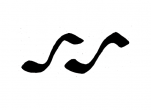

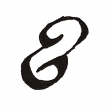

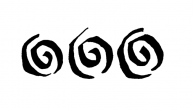
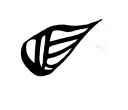
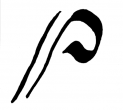
- The practice of employing a zoomorphic symbol to mark places where the text of one line intrudes into the line above or below would appear to have been an Insular contribution to the repertoire of ornament of medieval manuscripts. It was generally used as a space-saving device and was especially useful in sections of verse, such as the Psalms. The feature is often referred to as the ceann fa eite or head-under-wing symbol, the term employed by Irish scribes during the Middle Ages [...] The feature is often assumed to have been of Irish derivation, owing to its frequent use in Irish manuscripts from the ninth century onwards [...] However, the earliest occurrences of the zoomorphic feature are in Southumbrian manuscripts of the second half of the eighth century [...] A further manuscript, the Book of Kells, needs to be taken into account. This work exhibits full mastery of the device. [...] The [...] popularity of the motif in Ireland may have owed a great deal to its introduction via Kells, the probable later medieval home of the manuscript [Book of Kells].
Sources
Secondary sources (select)
The focus of scholarly comment on Irish manuscript illumination has been largely on letters. This paper examines the design and development of the text run-over symbol, a scribal device which has received relatively little analysis to date. It will be seen that the convention of using images to mark text run-overs, while not peculiar to Irish manuscripts (Brown 1996, 19, 192), persisted for a remarkably long time in the scribal tradition. Aspects of the wider manuscript context and function of marginal art, the use of reader’s aids and the relationship between text and image are also considered.



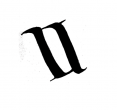 »
» 